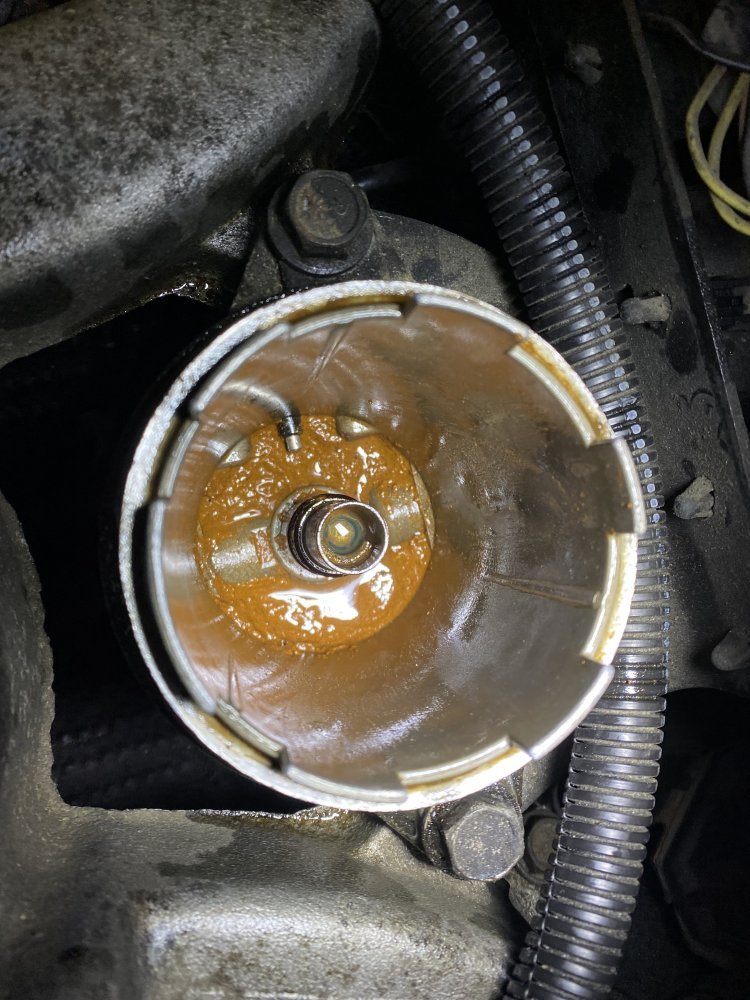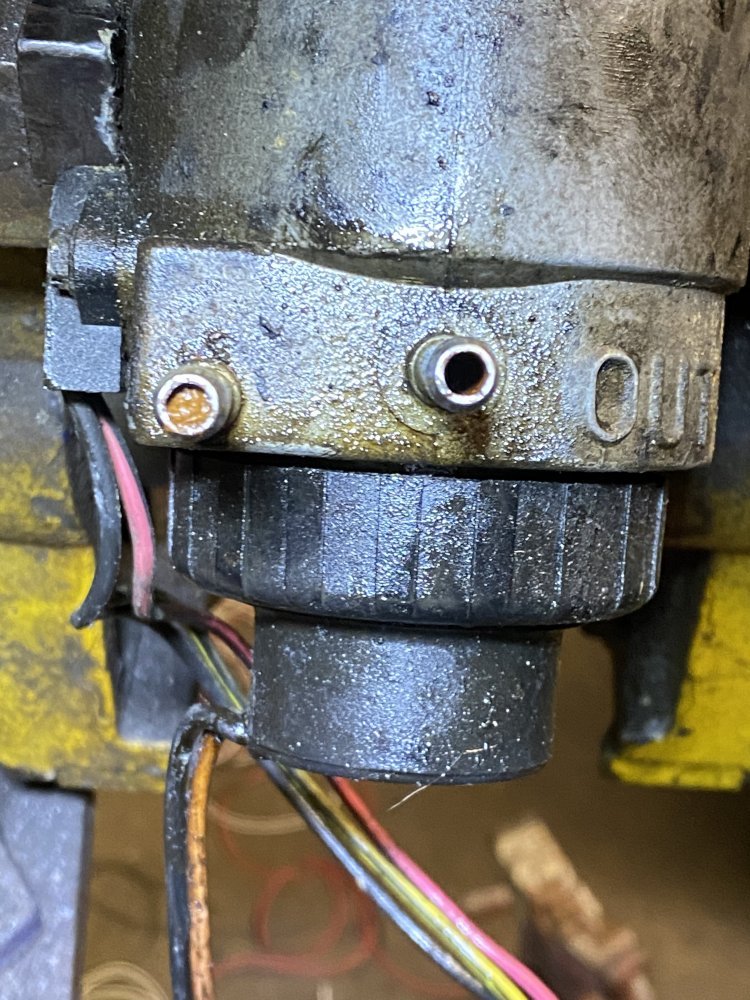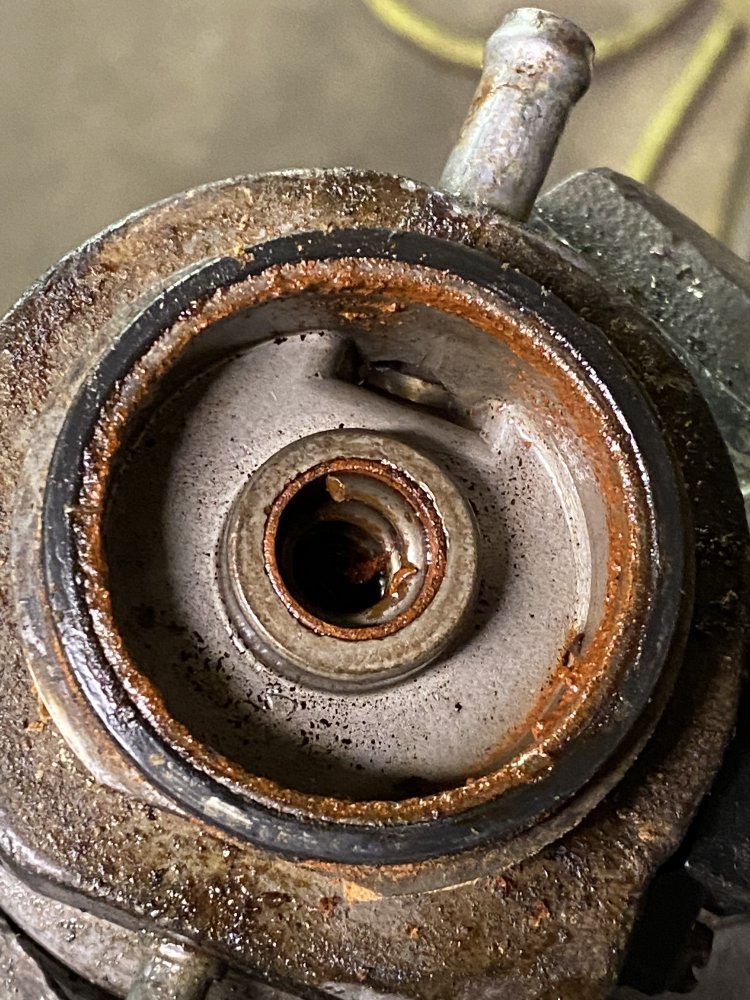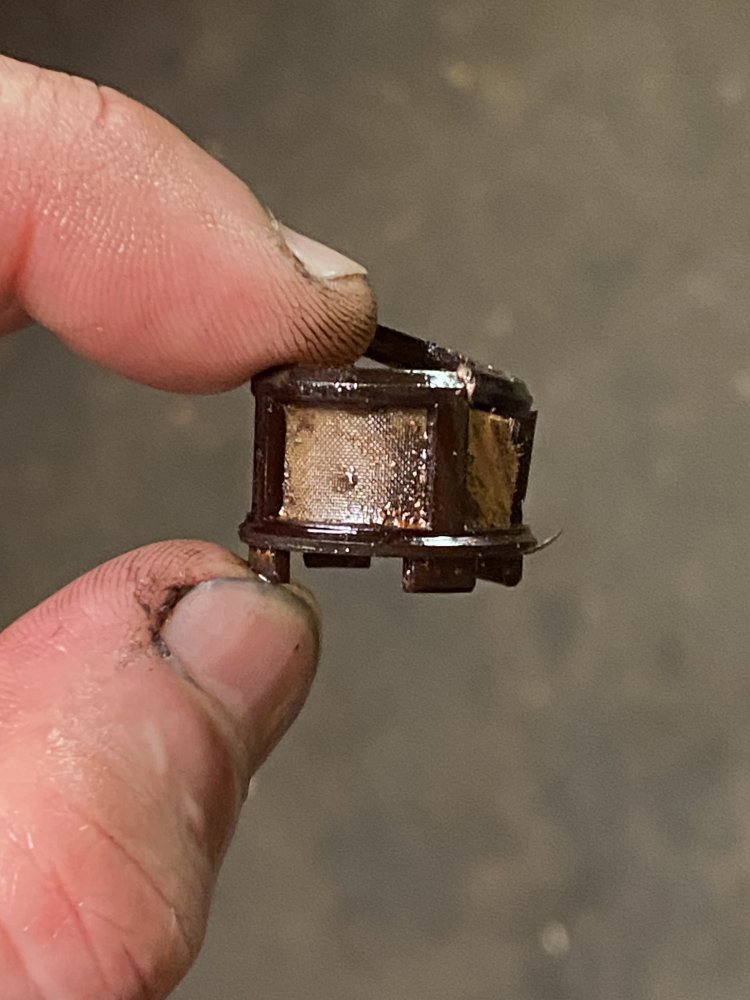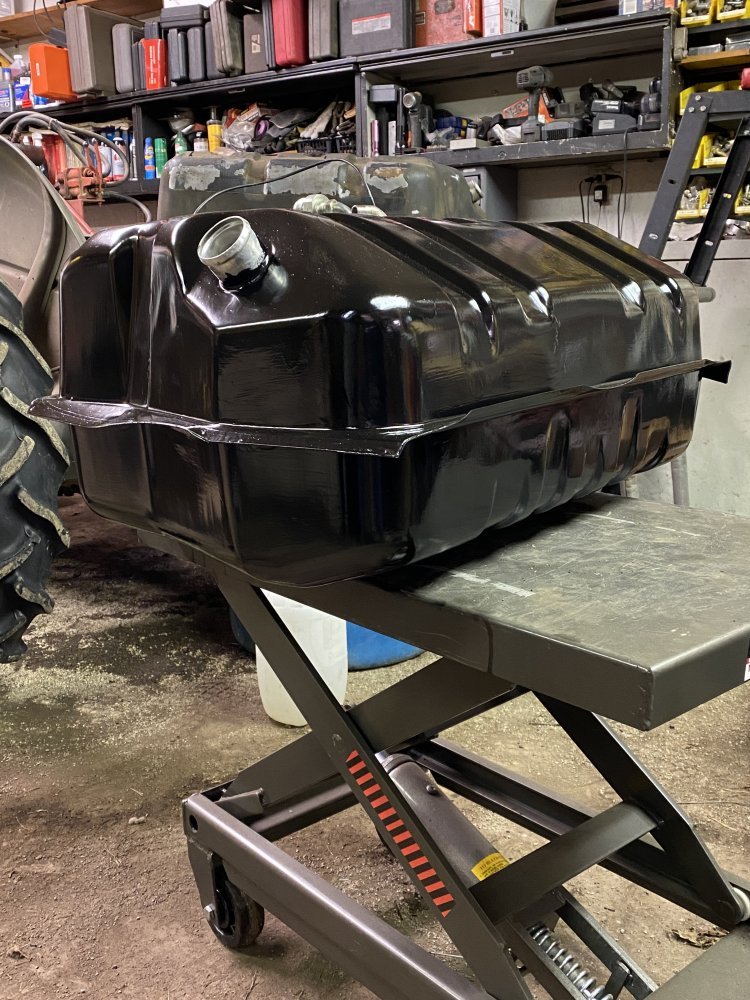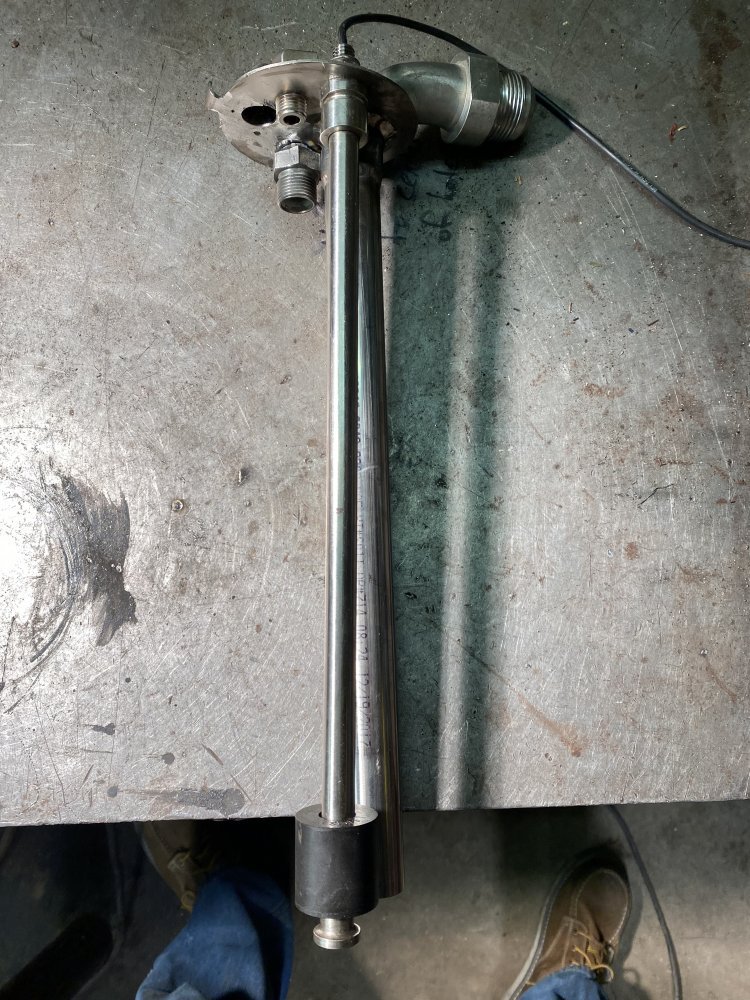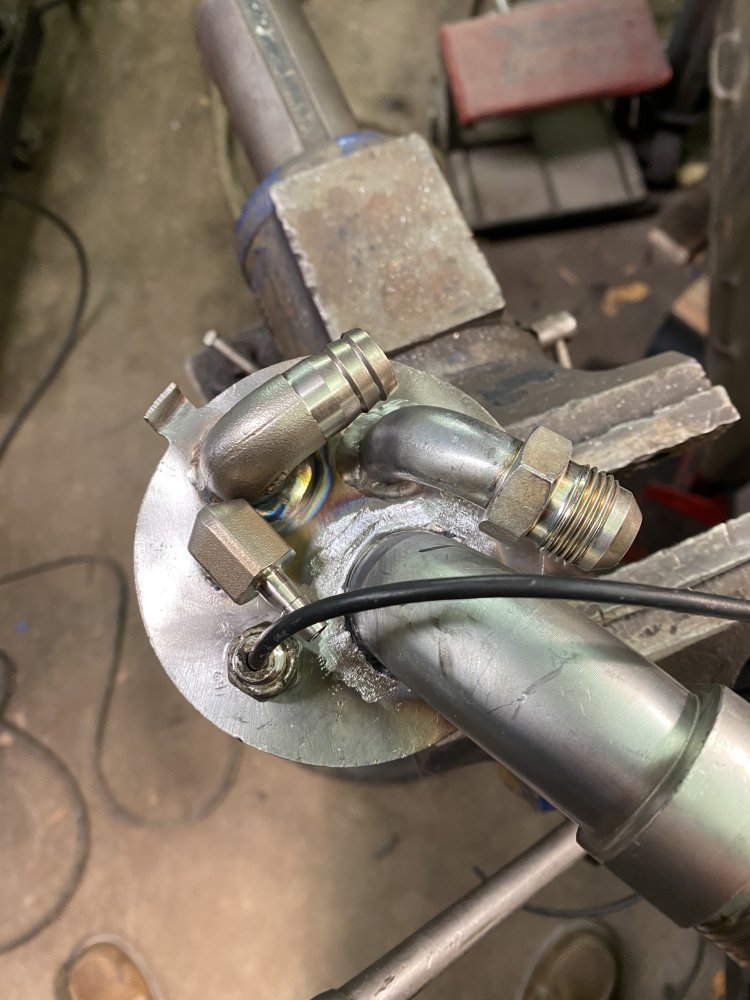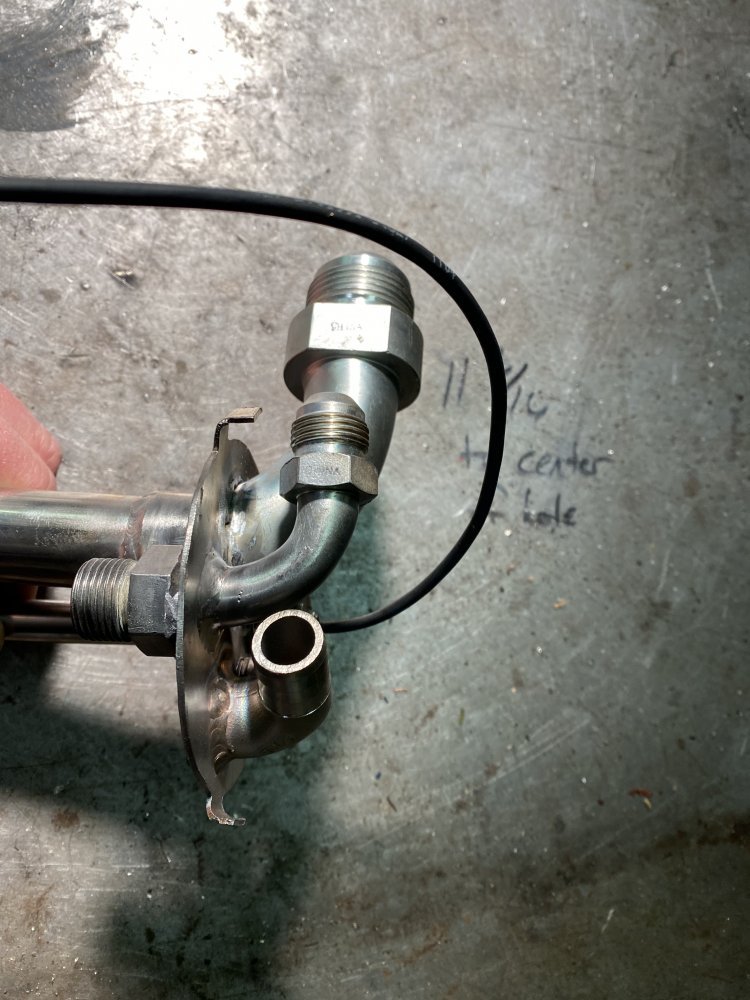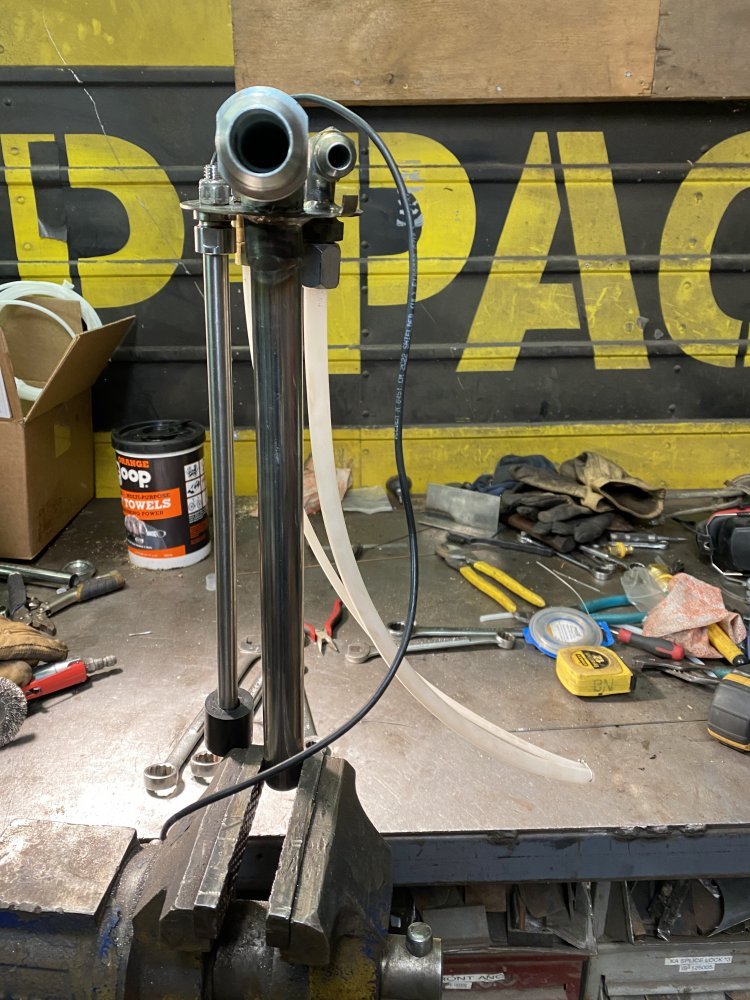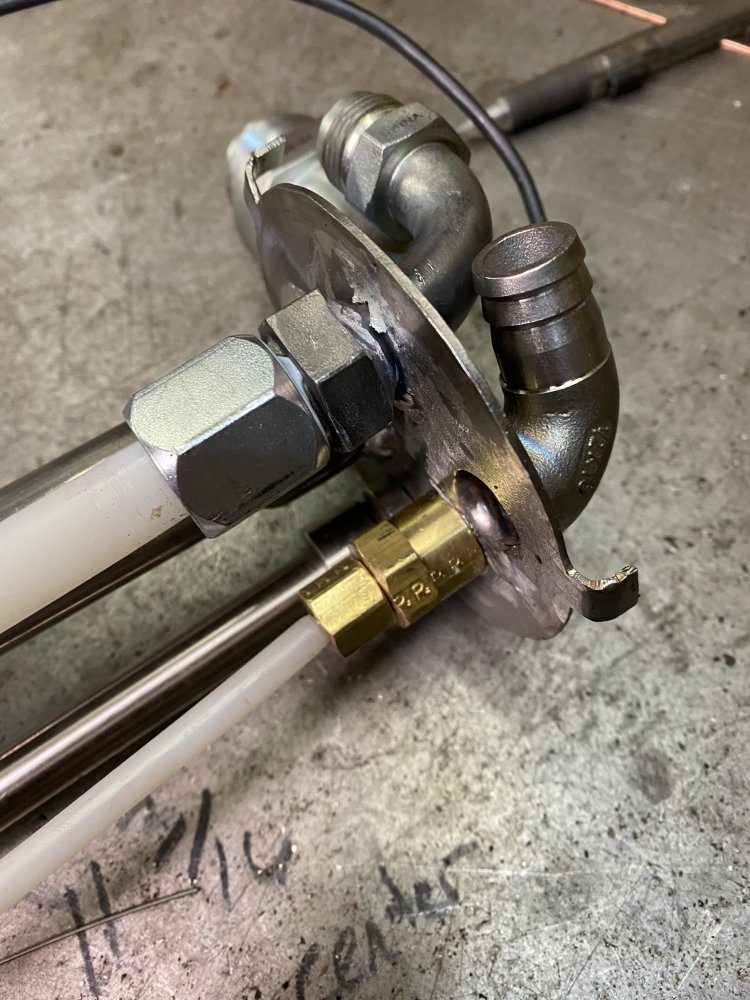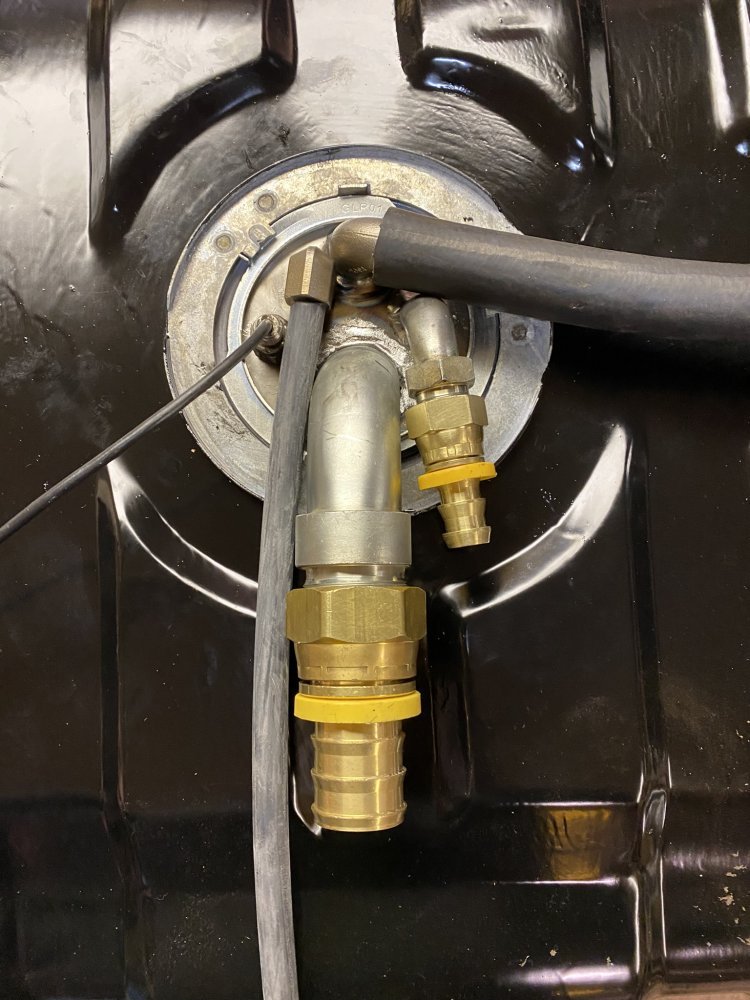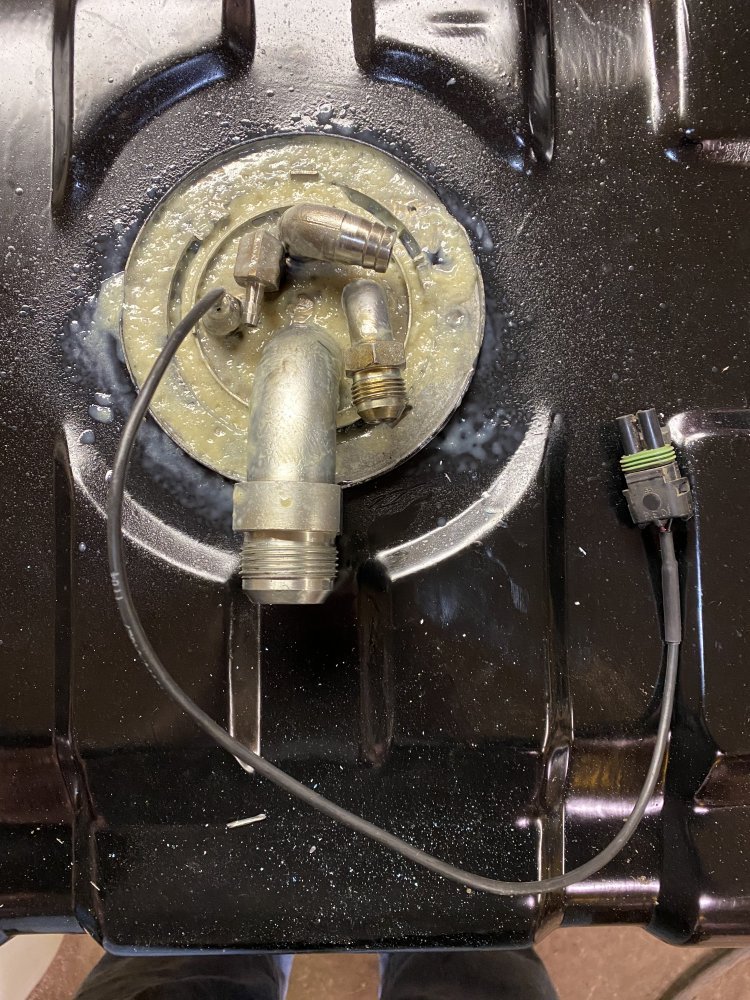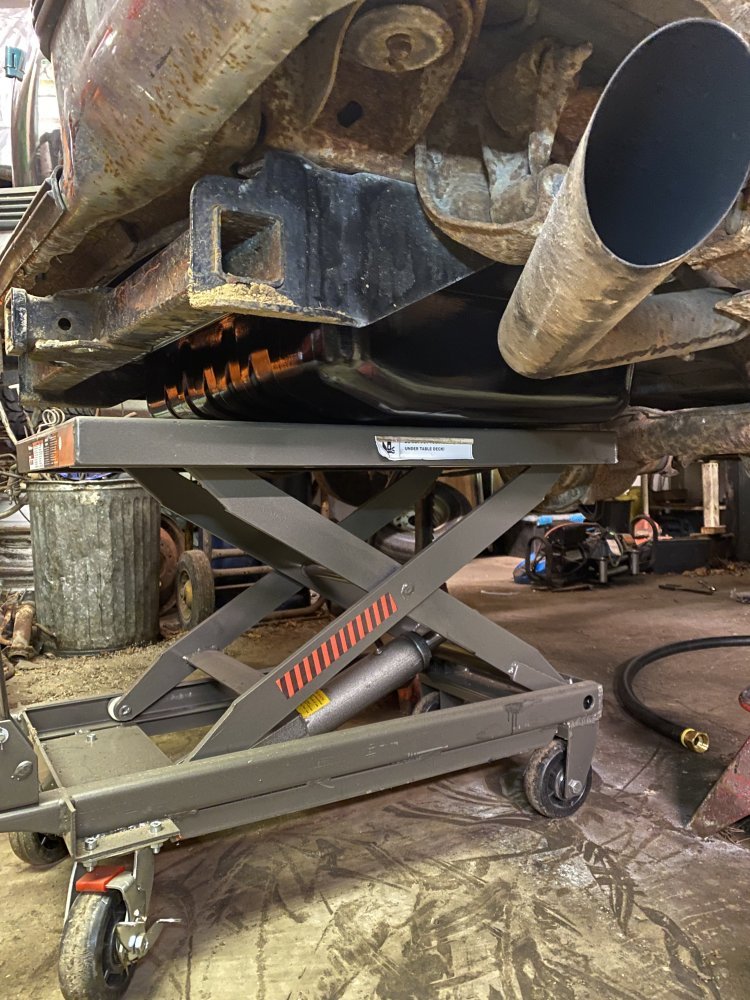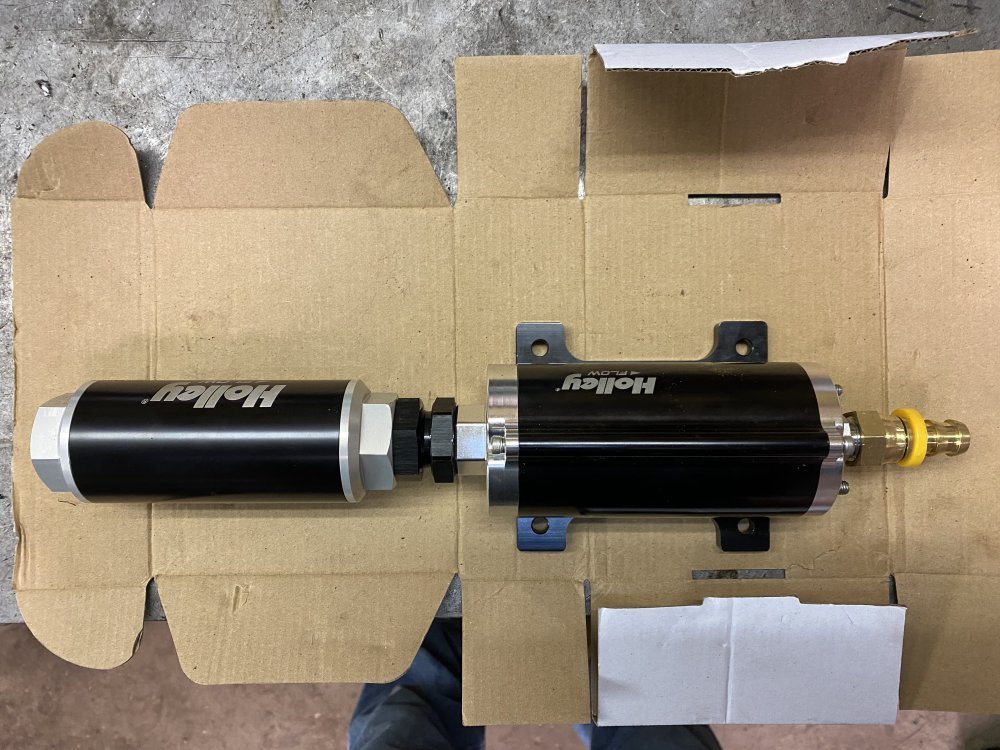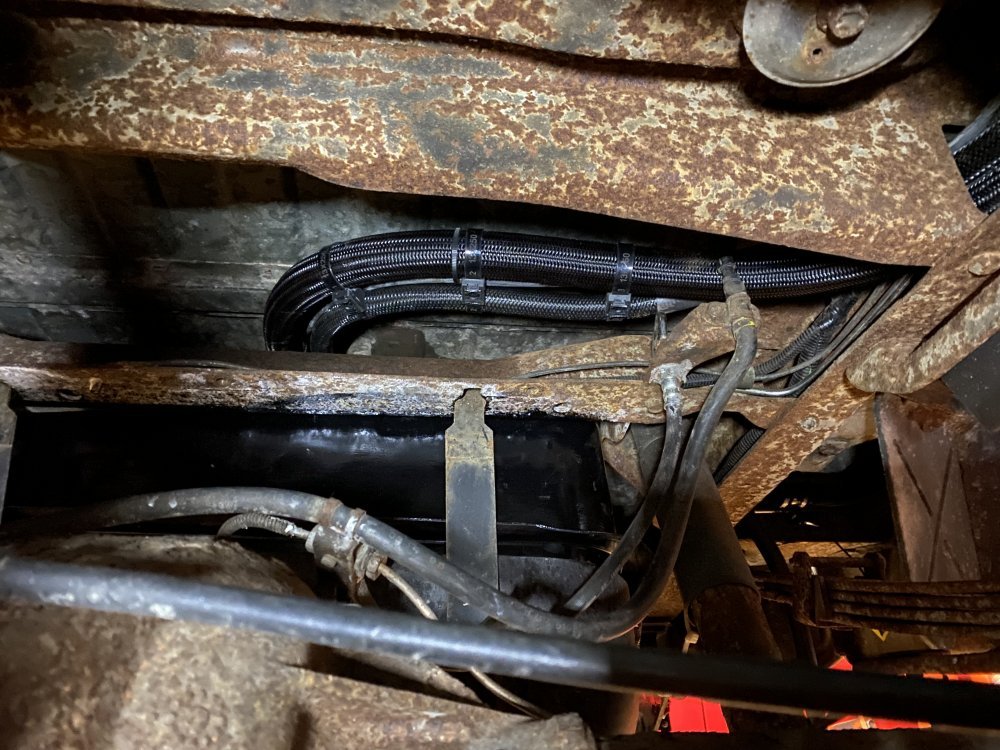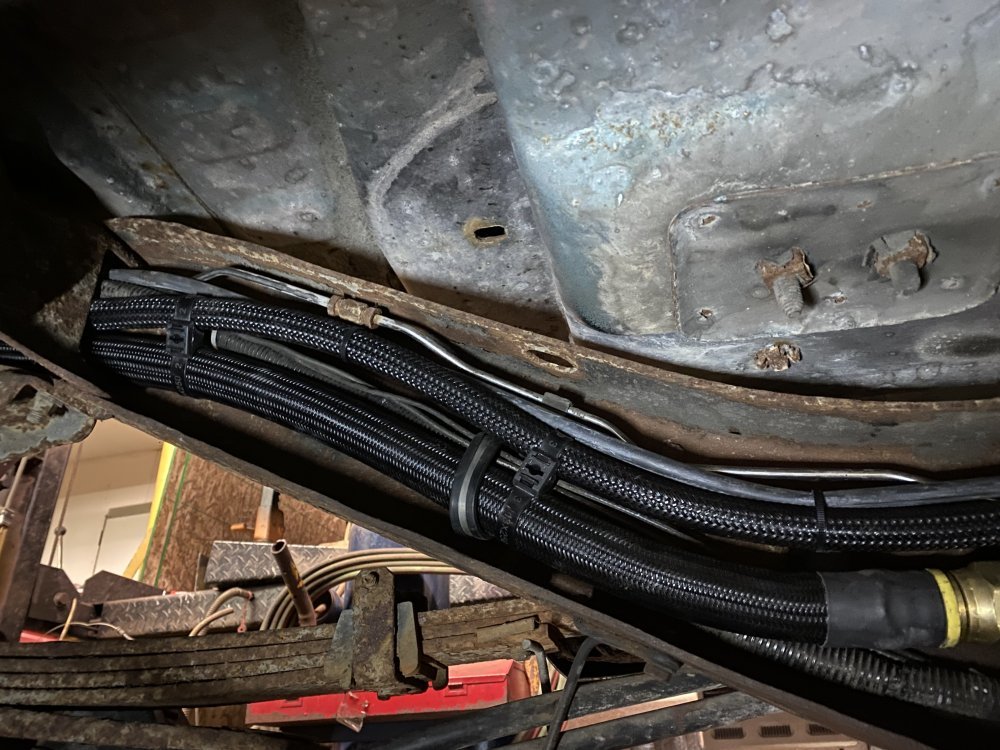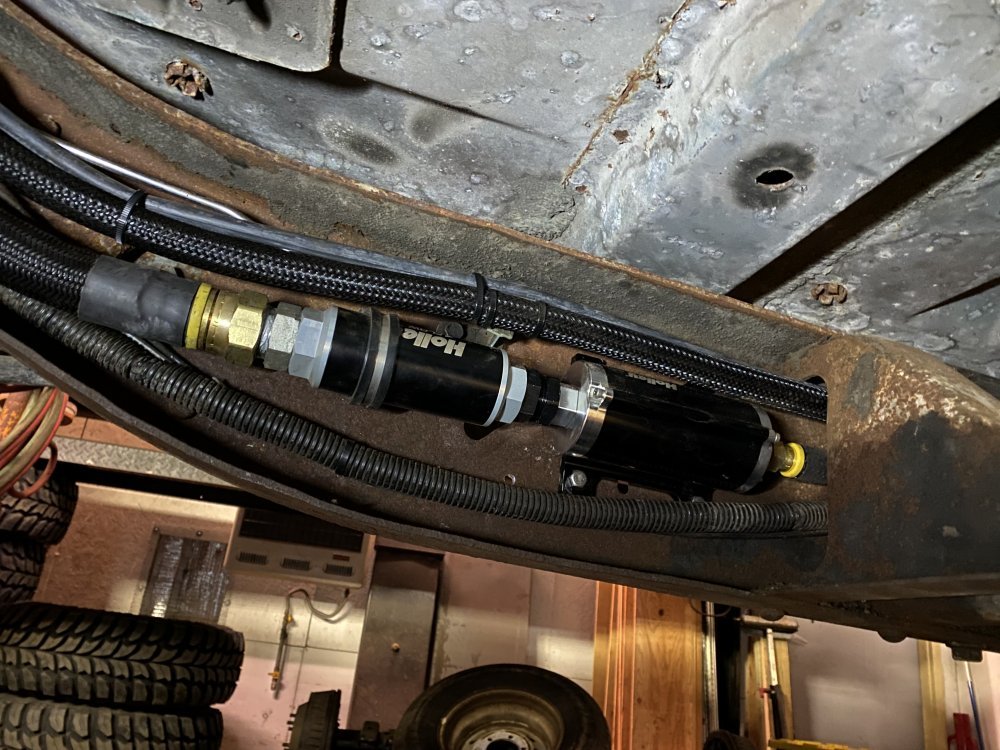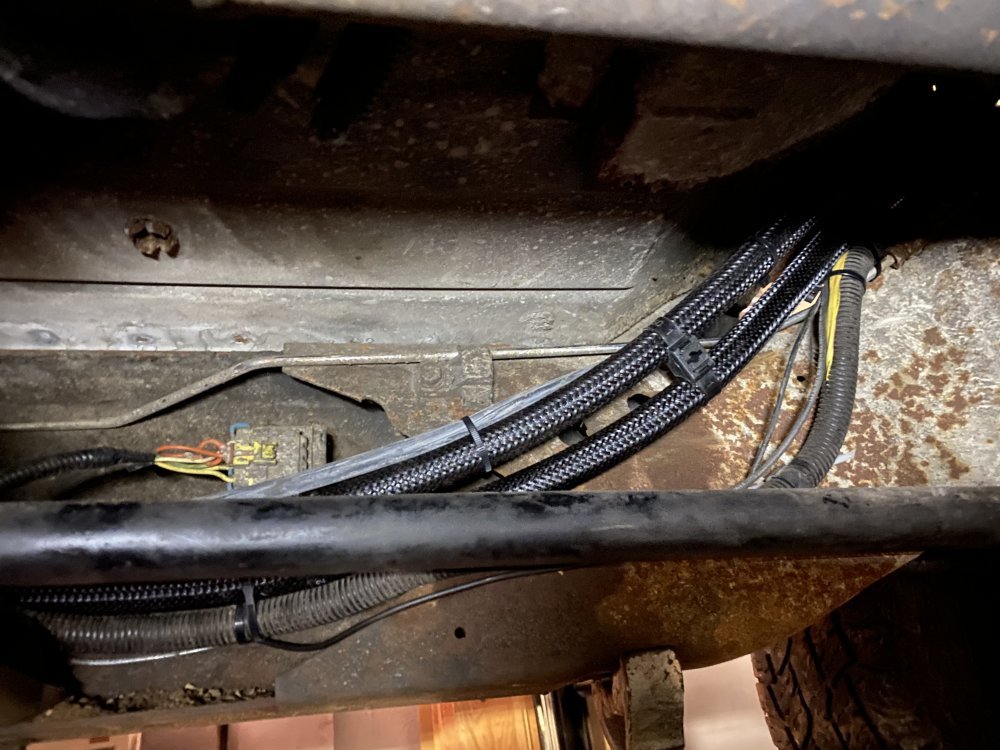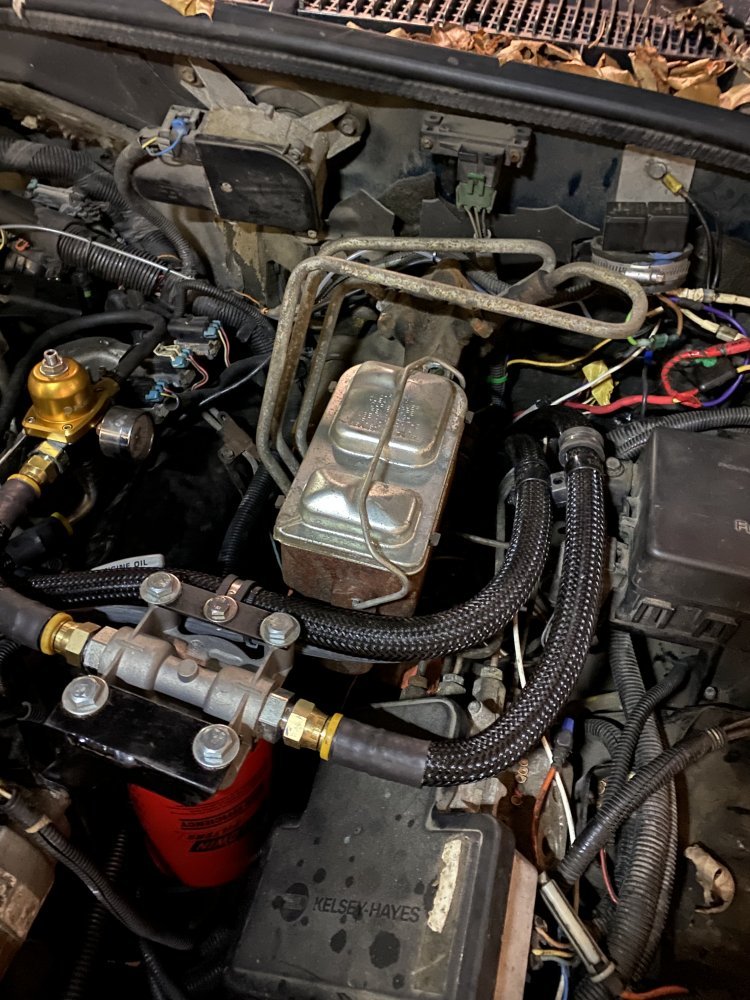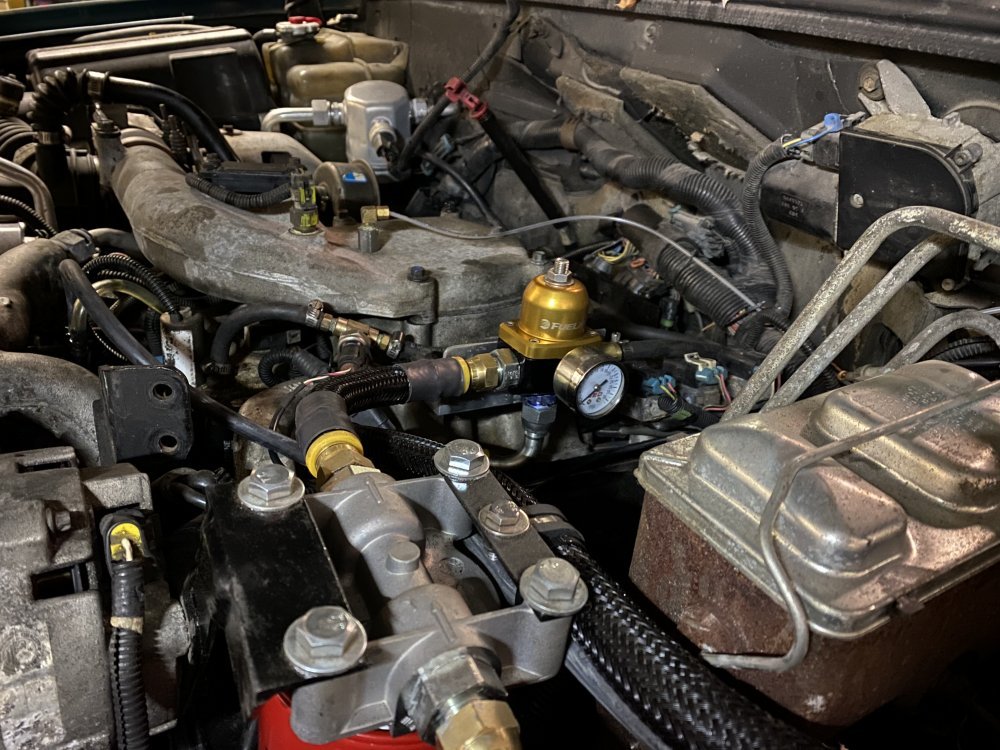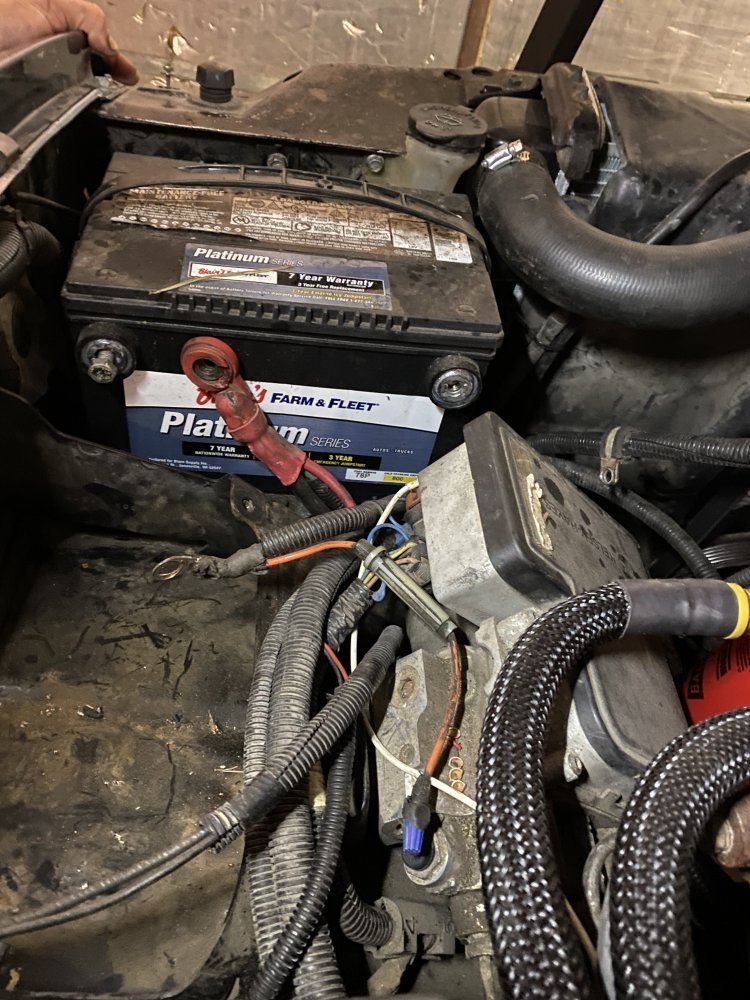dbrannon79
I'm getting there!
I wish my truck got that cold during the day! it will make it to 50 but takes a good while to cool that big cab! does yours have rear air?
I have oftin been curious about taking the rear air unit from a burb in the pick a part yard and modding it to fit under the rear seat in my truck. it would have been a really nice option to have rear air on a crew cab in hot climates.
I have oftin been curious about taking the rear air unit from a burb in the pick a part yard and modding it to fit under the rear seat in my truck. it would have been a really nice option to have rear air on a crew cab in hot climates.



